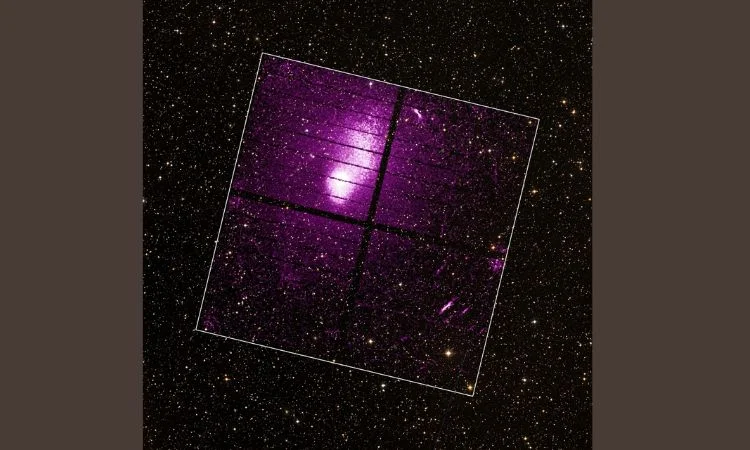Japan’s newest space observatory called XRISM has provided scientists with an exciting early look at the invisible universe through X-rays. Though the mission just launched last month, researchers operating its advanced instruments have already generated spectacular new views of galaxies and supernova remnants.

XRISM stands for X-ray Imaging and Spectroscopy Mission. It was developed by the Japan Aerospace Exploration Agency (JAXA) along with contributions from NASA and the European Space Agency. The telescope’s goal is to study extremely energetic objects like black holes, galaxy clusters, and powerful stellar explosions using high-resolution X-ray observations.
X-rays have wavelengths much shorter than visible light, allowing XRISM to peer through gas and dust clouds that normally block our view. This gives researchers a window into the hottest, most energetic regions of the cosmos. By analyzing the signatures of X-rays from different targets, the telescope can also determine details about what they are made of and how they are moving.
There are two main instruments aboard XRISM. The first is called Resolve, which acts like a super accurate scale to measure the energy of individual X-ray photons. The second instrument, Xtend, takes beautiful images of vast regions in the sky with its wide field of view.
In one of its first science targets, Resolve studied a remains of a giant star’s supernova called N132D, located in a neighboring dwarf galaxy called the Large Magellanic Cloud. The exploding star left behind an expanding shell of wreckage that glows bright in X-rays. Resolve’s precise measurements revealed new clues about what the debris is made of.
Xtend photography captured a galaxy cluster called Abell 2319, which appears as a feathery cloud hundreds of millions of light-years away. The cluster’s hot gas, illuminated by X-rays from supermassive black holes and scattered stars, allows us to map its immense structure.
These initial snapshots have thrilled astronomers as a tantalizing preview of the extraordinary views to come. Once XRISM begins formal science operations later in 2023, it is sure to revolutionize our understanding of powerful cosmic phenomena that can only be glimpsed through X-rays. With its sharp new eyes, the observatory is poised to uncover many new secrets of the hidden high-energy universe.
By combining rich imagery from Xtend with the spectral clues teased out by Resolve, XRISM will provide deeper insights into fundamental questions about the origins and evolution of galaxy clusters, black holes, and other exotic astronomical objects. Its unprecedented resolution and sensitivity in the X-ray spectrum hold great potential to reveal previously unseen details that could reshape our theoretical models of energetic processes shaping the development of the cosmos.















